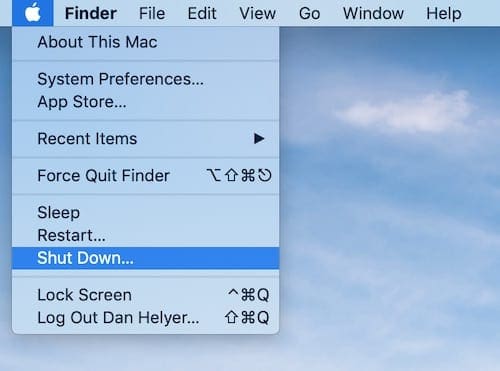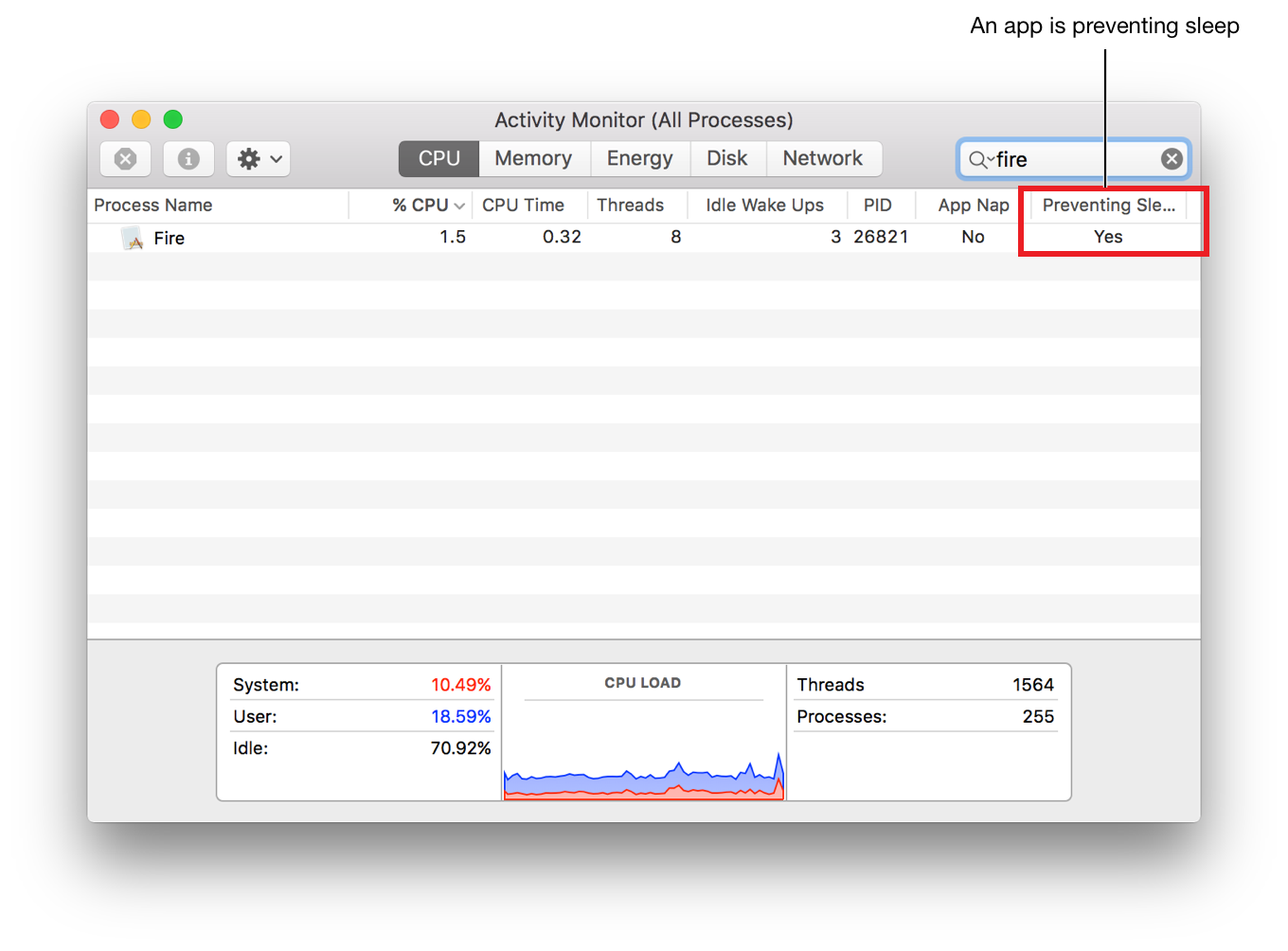

After sleep time, another printf() function will execute and display another string that is presented in the inverted commas. We have added “5000” in its parameters, which depicts that it will sleep for 5000 microseconds only. We have a printf() function in the main program, to display the string mentioned in the inverted commas. After that, we have a main() function where the actual code is present. In the first few codes of code, we have utilized a few standard libraries necessary for the program execution. Add the following presented code into it and save the file. Initially, just create a file with any with your desired name having “.c” extension. Now move towards our second example of this guide. You will get the attached black screen along with the output presented in it. Simply click on the “run and compile” option present in the GCC compiler. We are implementing this illustration on the GCC compiler. Once you understand the whole code, move towards its execution and compilation that’s very easy. We have added “5” in its parameters, which depicts that it will sleep for 5 seconds only. We have a printf() function in the main program, which will exhibit the string declared in the inverted commas. In the initial line of code, we have utilized an input/output library. Add the subsequent displayed code into it and save the file. Initially, generate a file with any with your preferred name having “.c” extension. Let’s begin with the first example of this guide. If sleep() returns due to a signal’s transmission, the “unslept” quantity, the desired time minus the time slept in seconds, should be returned. The value returned by sleep() should be 0 if the specified period has passed. Now, let’s discuss a few sample code examples and return values of sleep function in the C programming language. Because the system planned activities, the stoppage time may be greater than required. The sleep() function suspends execution of the requesting thread until the number of real-time seconds provided by the argument seconds has passed or a signal is given to the calling thread with the action of invoking a signal-catching function or terminating the process has elapsed. Presumably, the CPU and other operations will function normally. The sleep() function will sleep the present executable for the time specified by the thread.

The sleep() method in the C programming language allows you to wait for just a current thread for a set amount of time.

As a result, there is a demand for a function that pauses execution for shorter periods. Seconds are a significant amount of time, particularly with a computer where things happen swiftly. The sleep() method, which suspends the implementation of the program for a specified number of seconds, is familiar to most C programmers.


 0 kommentar(er)
0 kommentar(er)
